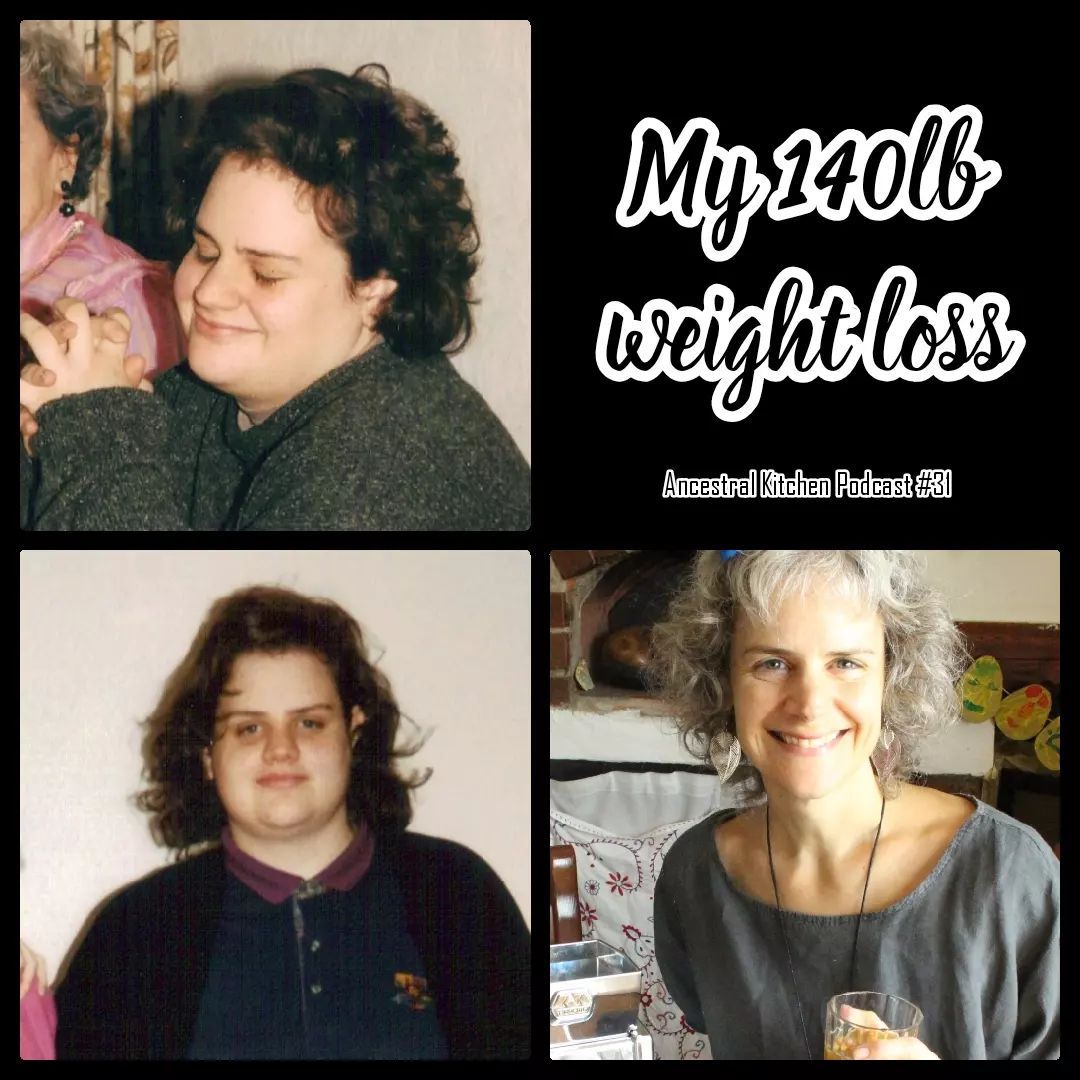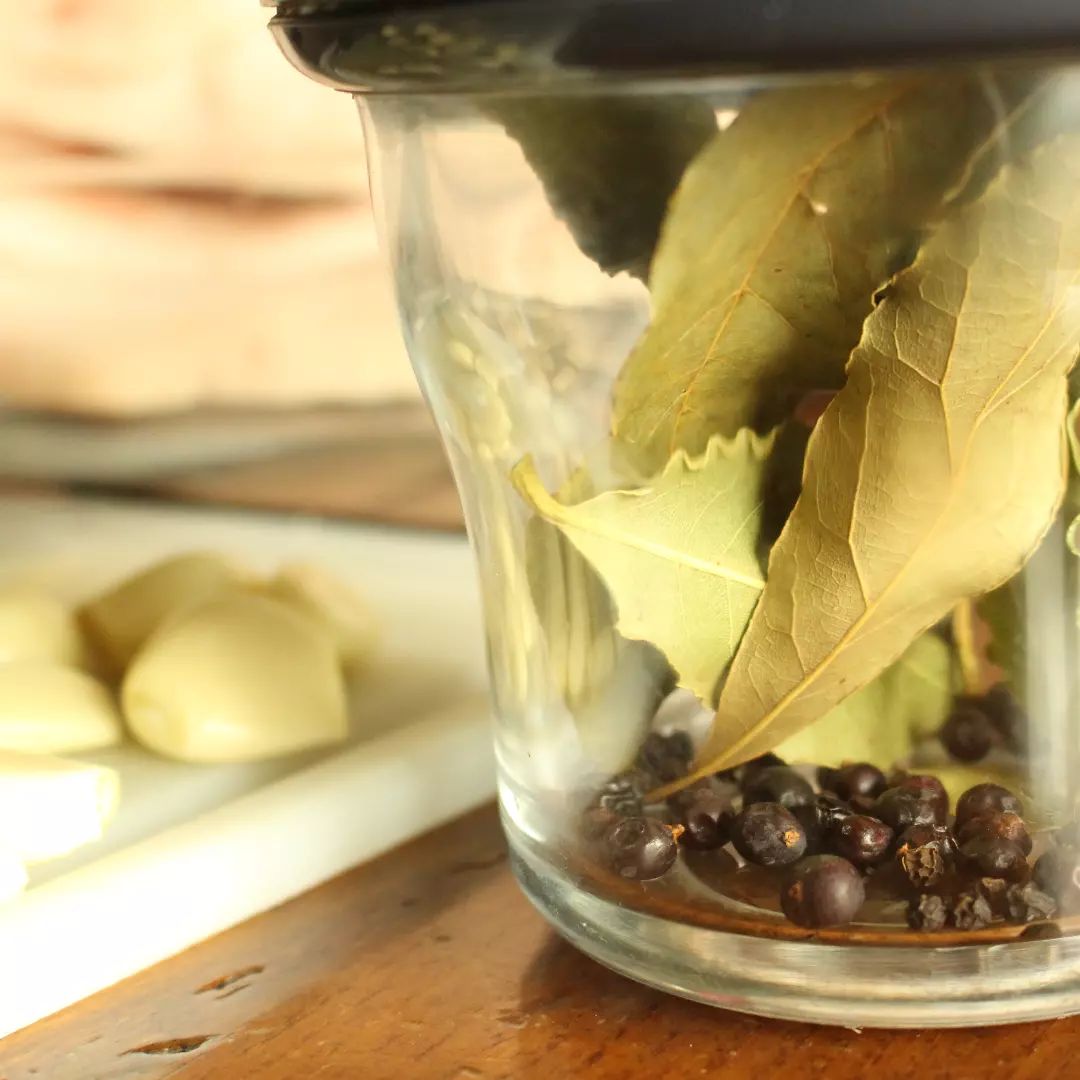If my terrified-of-fat 30-year-old self could see this bowl of crunchy pig skin I’ve just made, she’d have thought that I was making a terrible choice for my health and that I’d pile weight on. . How pervasive is the lie that fat makes us fat and when will it die? . Following on from yesterday’s post about the latest @ancestralkitchenpodcast episode where I talk about my 140lb weight loss, I wanted to celebrate my love of all things pig by making these again today. . Processed (and the new ultra-processed) foods are the enemy of our society’s future, not locally-sourced, nutritious fat. . I’m hoping to make a video of how to make these ancestral-popcorn style yummies out of pig skin soon. In the meantime I’ll keep practising and munching. . Thank you for the feedback on the podcast episode we’ve had – it’s challenging to be open and it makes a difference for me to hear such wonderful comments. If you’ve not listened yet, you can find us on your podcast app as @ancestralkitchenpodcast or download/stream from the link in my profile.
If my terrified-of-fat 30-year-old self could see this bowl of crunchy pig skin I’ve just made, she’d have thought that I was making a terrible choice for my health and that I’d pile weight on.
.
How pervasive is the lie that fat makes us fat and when will it die?
.
Following on from yesterday’s post about the latest @ancestralkitchenpodcast episode where I talk about my 140lb weight loss, I wanted to celebrate my love of all things pig by making these again today.
.
Processed (and the new ultra-processed) foods are the enemy of our society’s future, not locally-sourced, nutritious fat.
.
I’m hoping to make a video of how to make these ancestral-popcorn style yummies out of pig skin soon. In the meantime I’ll keep practising and munching.
.
Thank you for the feedback on the podcast episode we’ve had – it’s challenging to be open and it makes a difference for me to hear such wonderful comments. If you’ve not listened yet, you can find us on your podcast app as @ancestralkitchenpodcast or download/stream from the link in my profile.










